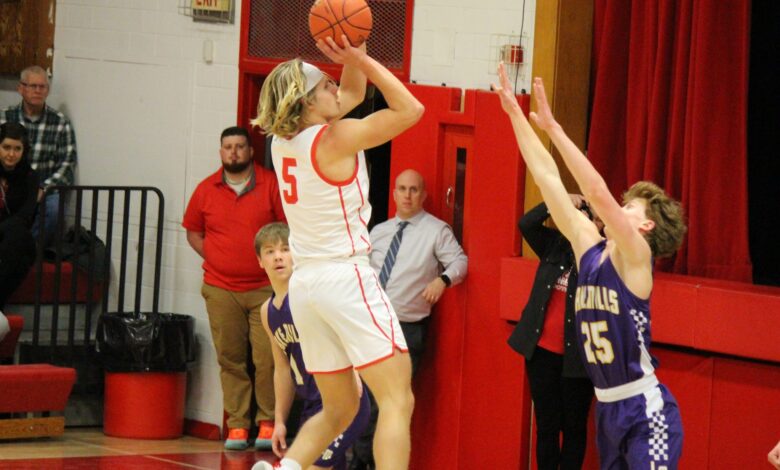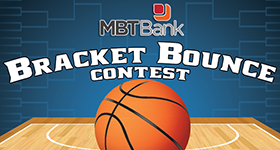HIGH SCHOOL BASKETBALL: Say goodbye to one-and-one free throws

A year after high school, basketball in Iowa got a significant change by adding the 35-second shot clock; another major shift is due for the 2023-2024 season.
Yesterday, the National Federation of State High School Associations (NFHS) announced its basketball rules committee recommended and its board of directors approved a new rule that would take away the one-and-one free throws in high school basketball.
According to Lindsey Atkinson, NFHS Director of Sports and liaison to the basketball rules committee, the change is for safety in the sport.
“The rules committee studied data that showed higher injury rates on rebounding situations and saw this as an opportunity to reduce opportunities for rough play during rebounds,” said Atkinson. “Additionally, resetting the fouls each quarter will improve game flow and allow teams to adjust their play by not carrying foul totals to quarters two and four.”
With the change, high school basketball’s foul and free throw rules will mirror women’s college basketball. When a team commits five fouls in a quarter, the opposing team will shoot two free throws on any further personal fouls. That contrast with the previous rules where a team’s fouls from the first quarter would carry over to the second and third quarter to the fourth. When a team reaches seven fouls in a half, the opposing team would be granted one-and-one until the opposing team committed ten personal fouls in a half, where then the opposing team would be given two foul shots.
This rule, along with other changes coming to high school basketball, was discussed by the committee at its annual meeting on April 24-26 in Indianapolis.
The throw-in procedure for front-court violations was simplified in Rules 7-5-2 through 7-5-5. When the ball is in team control in the offensive team’s frontcourt and the defensive team commits a violation, a common foul prior to the bonus, or the ball becomes dead, the corresponding throw-in by the offensive team will be at one of four designated spots determined by where the infraction took place. The designated spots are either the nearest 28-foot mark along each sideline or the nearest spot 3 feet outside the lane line on the end line. The one exception is when the defensive team causes a ball to be out of bounds; the throw-in shall be the spot where the ball went out of bounds.
Throw-in administration was also addressed in a change to Rule 7-6-6. When an official administers a throw-in to the wrong team, the error can be fixed before the first dead ball after the ball becomes live unless there has been a change in possession.
Other approved rules changes include the following:
- Rule 2-1-3 establishes the official placement of a shot clock operator at the scorer’s table for those states utilizing the shot clock.
- Rule 3-4-5 clarifies that multiple styles of uniform bottoms may be worn by teammates, but they must all be like-colored and adhere to uniform rules outlined in Rule 3-6-2 regarding logos and trademarks.
- Rule 3-5-6 addresses undershirts and allows teams to wear a single solid color or solid black for visiting teams with dark jerseys. This provides an opportunity for schools with hard-to-find colors to have all players wear a black undershirt.
- Rule 9-3-3 was amended to allow a player to step out of bounds and return to the court if the player gains no advantage. A player is penalized only if, after returning inbounds, the player is the first to touch the ball or avoids a violation.
According to the 2021-22 NFHS High School Athletics Participation Survey, basketball is the third-most popular high school sport for boys with 521,616 participants in 18,428 schools nationwide. It is the fourth-most popular girls sport with 370,466 participants in 17,901 schools.




